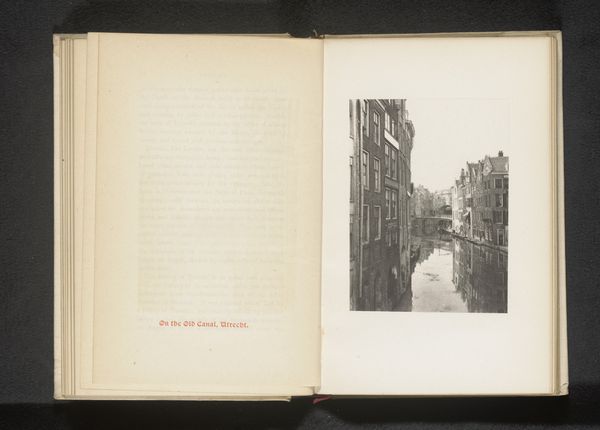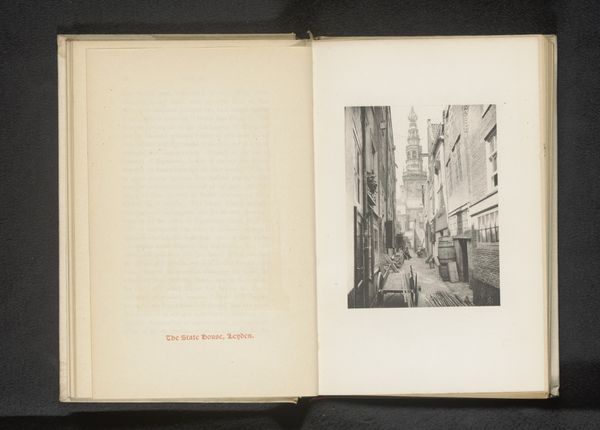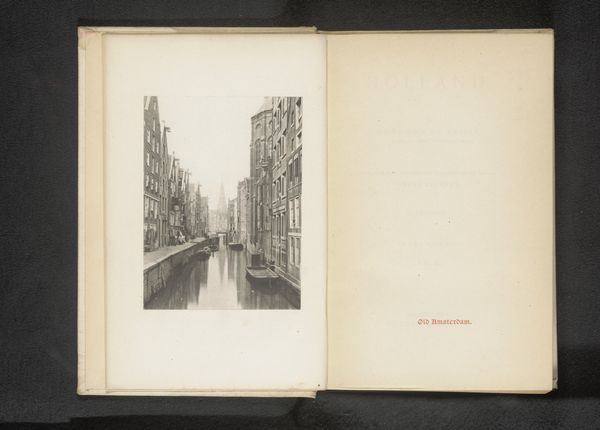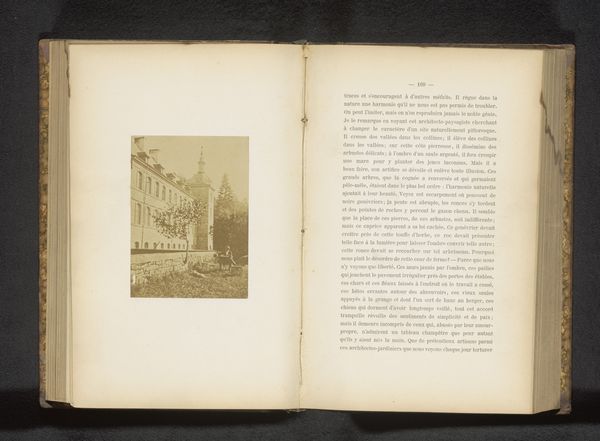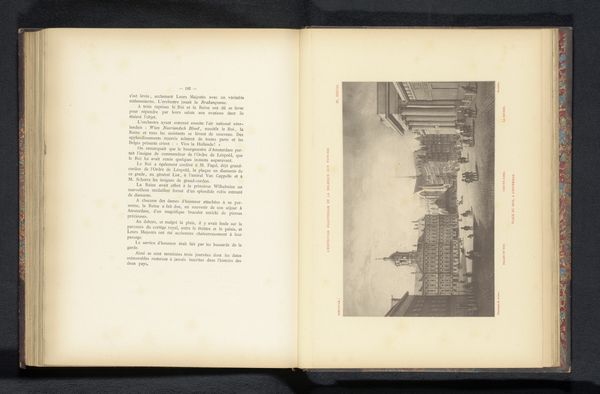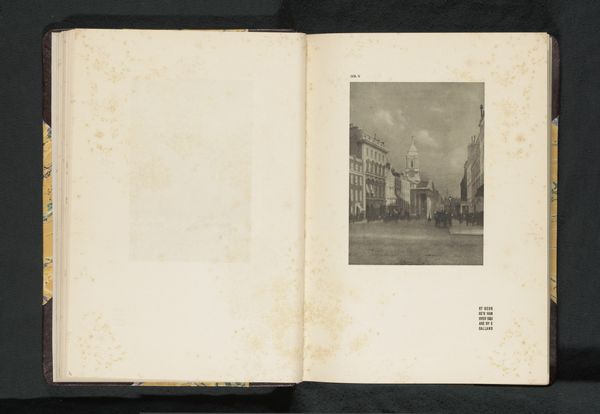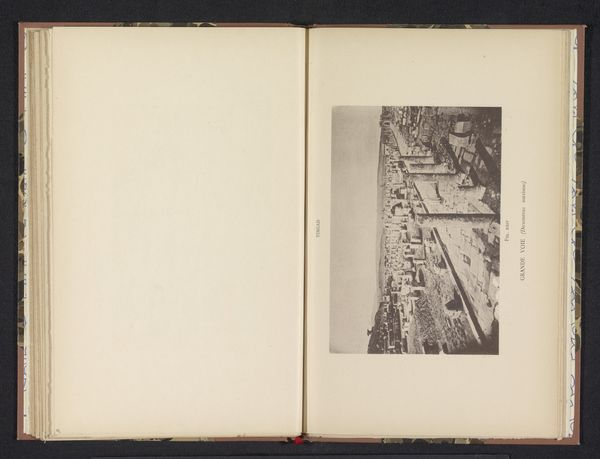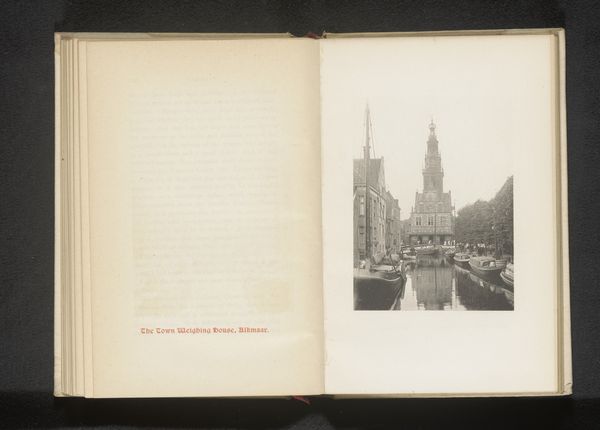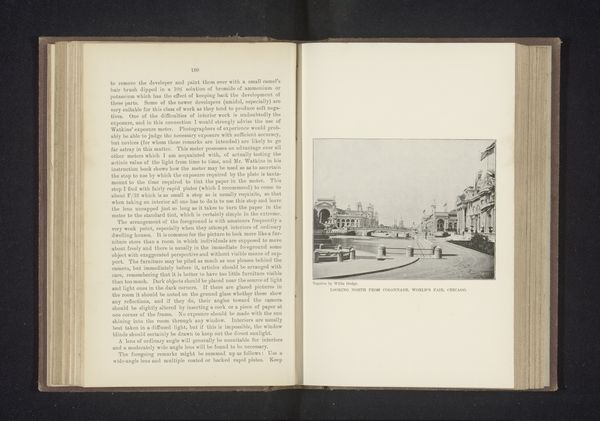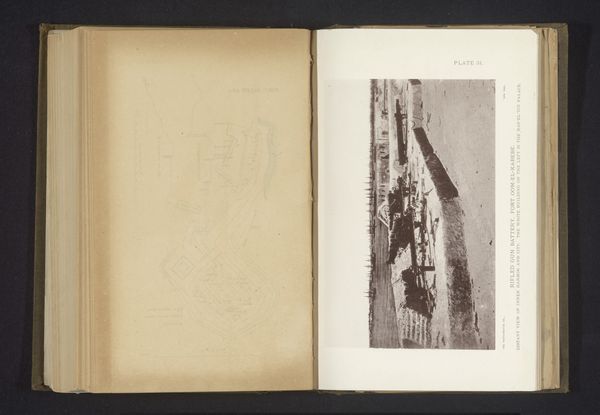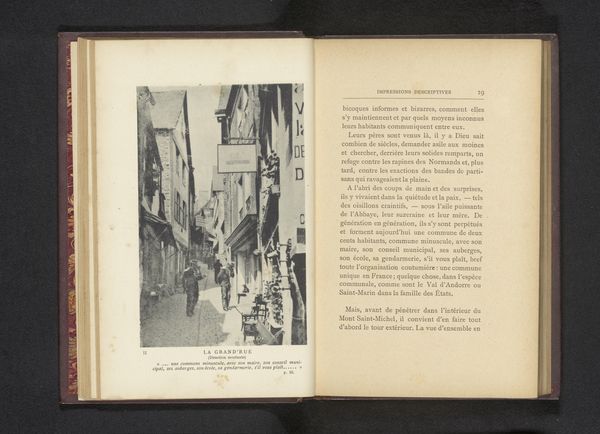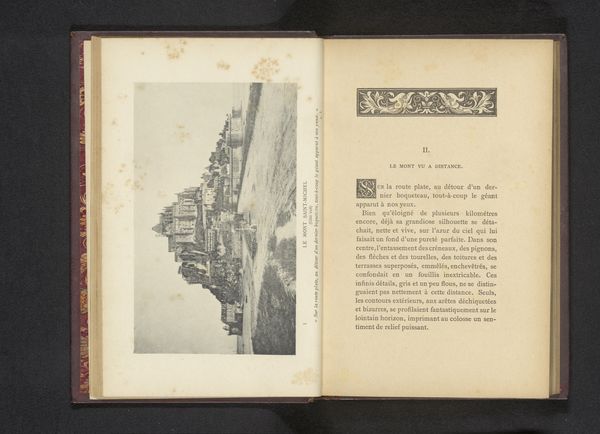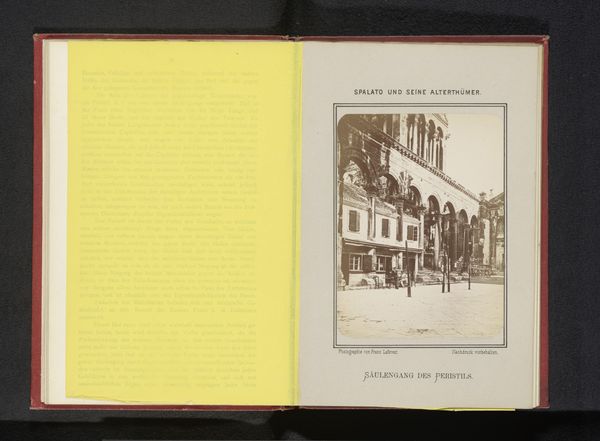
print, photography, albumen-print
#
dutch-golden-age
# print
#
landscape
#
photography
#
cityscape
#
albumen-print
#
realism
#
building
Dimensions: height 118 mm, width 86 mm
Copyright: Rijks Museum: Open Domain
Curator: This is an albumen print titled "Gezicht op Het Steiger te Rotterdam," attributed to Charles L. Mitchell, dating to before 1894. What's your first impression? Editor: It has an air of serenity, doesn’t it? The still water reflecting the buildings creates this sense of doubled reality, a quiet dream of Rotterdam's Steiger. Curator: Yes, the reflective qualities are quite striking. Looking at this albumen print, it's important to remember that the albumen process, using egg whites to bind the photographic chemicals, allowed for incredibly detailed and stable images, but also it suggests something of the social position that photographic artistry held in the late 19th century – labor intensive processes yielding precious images. Editor: Indeed, and it is also striking that a seemingly everyday view would be immortalized in print, implying that the scenes themselves contained something meaningful and iconic for that specific cultural context, whether progress or nostalgia. The architecture flanking the canal evokes a very particular period in the city’s history, one we can trace through subsequent imagery. Curator: Exactly, and consider the materiality itself: the specific chemicals involved in the development of the print, or the quality of paper used. These seemingly mundane details become windows into the means of production and trade during that period. Also the sheer reproducibility, or the implied possibility of multiple copies in circulation says something about this shift from handcrafted artistic expressions towards mechanized forms of replication. Editor: That reproducibility certainly democratizes the imagery, even if it maintains the aura of significance for what it represents – a navigable waterway at the heart of commerce, life centered around exchange and movement…a timeless cityscape. Curator: Right, we’re looking at how a photographic process made accessible what had once been precious; how the specificities of a time and a place – its materials and means of production – shaped and defined a specific cultural expression. Editor: And in turn, how this specific view became symbolic for something that far exceeds merely capturing Rotterdam. Food for thought, certainly. Curator: Definitely a perspective to hold in mind.
Comments
No comments
Be the first to comment and join the conversation on the ultimate creative platform.
